Aperture refers to the opening in a camera lens that controls the amount of light passing through to the sensor or film. A wider aperture lets in more light, while a smaller aperture allows less light. Aperture plays a crucial role in exposure and depth of field.

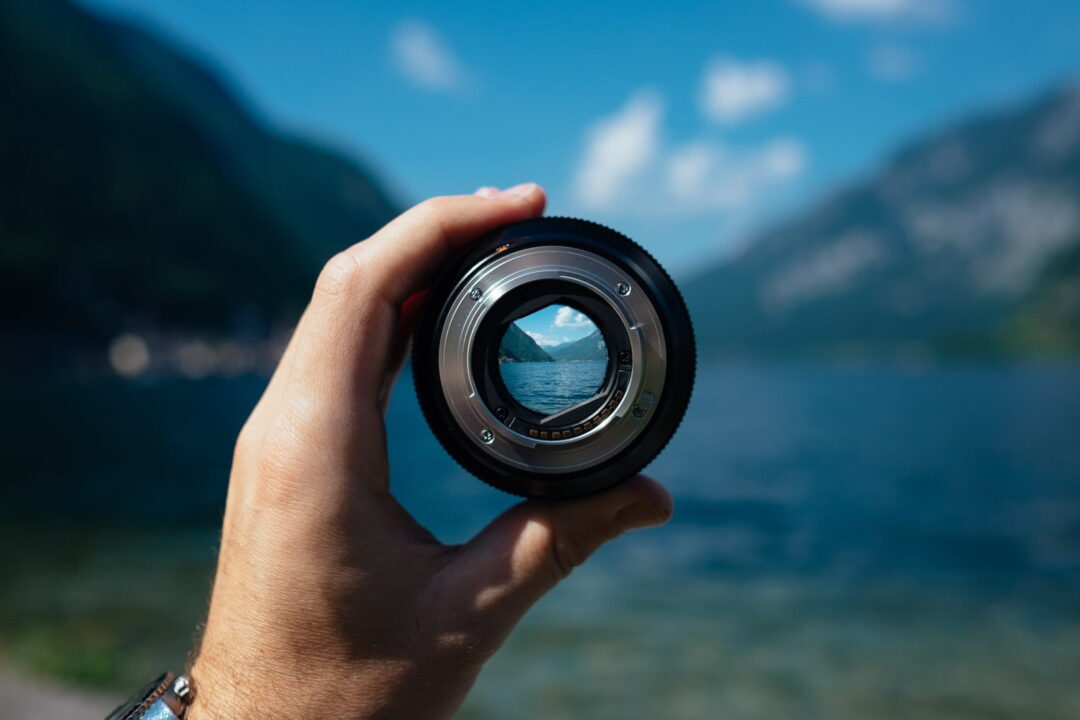

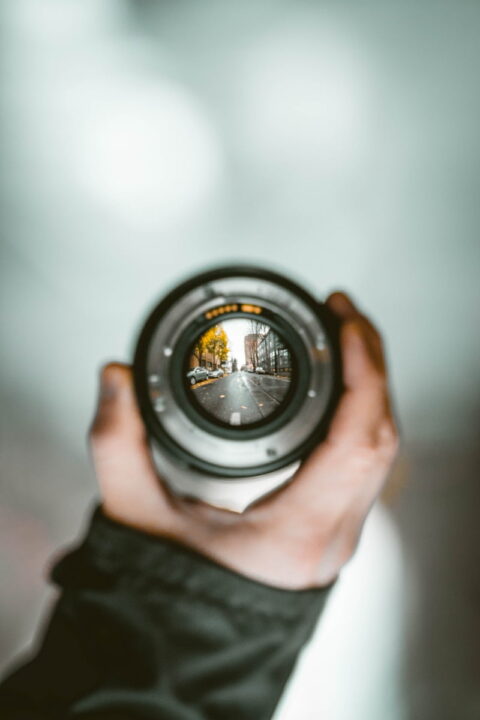
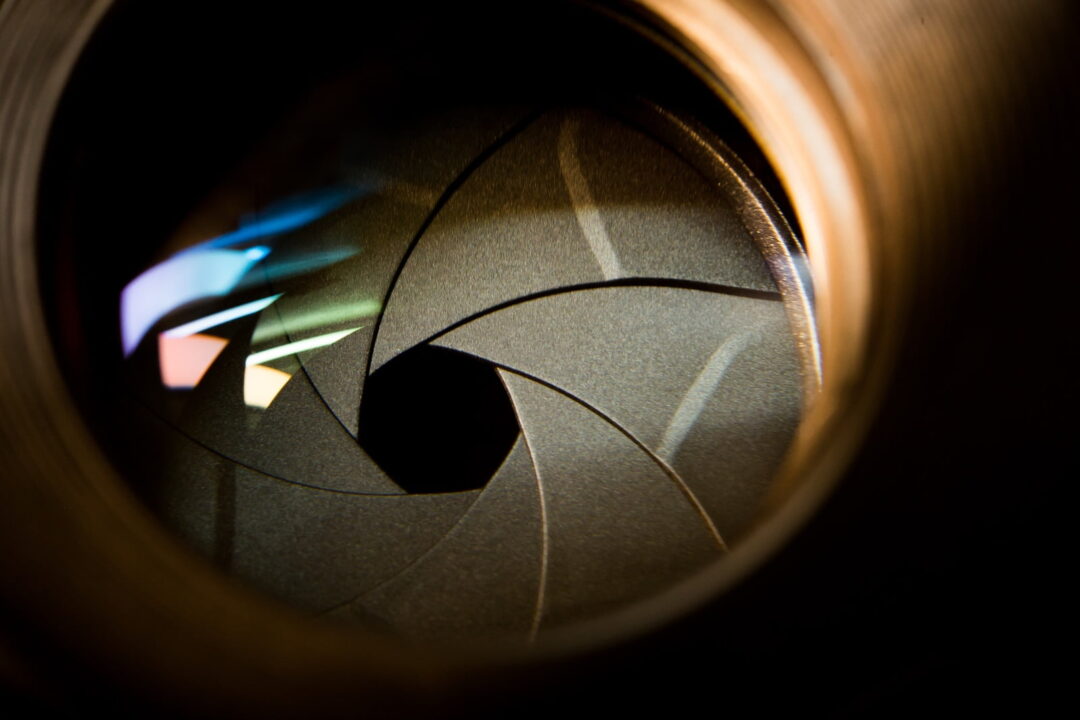
Understanding Aperture
- Measured in f-stops (f/number) – Common values include f/1.4, f/2.8, f/5.6, f/11, f/16, etc.
- Lower f-stop (e.g., f/1.8): Wider aperture → More light enters → Shallow depth of field (blurred background).
- Higher f-stop (e.g., f/16): Smaller aperture → Less light enters → Greater depth of field (sharp foreground & background).
Aperture & the Exposure Triangle
Aperture works alongside Shutter Speed and ISO in the Exposure Triangle to determine a well-balanced image.
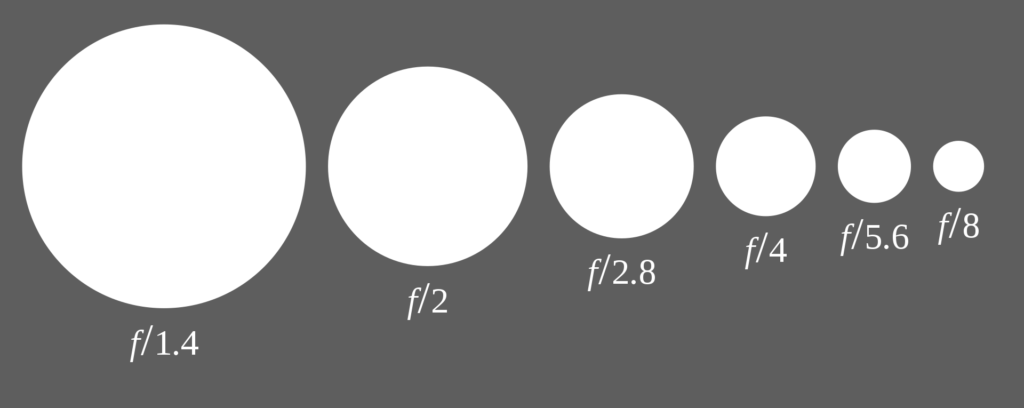
Aperture in Filmmaking & Photography
🎥 Used to control exposure and depth of field.
📷 Important for achieving cinematic bokeh (background blur) or deep-focus shots.
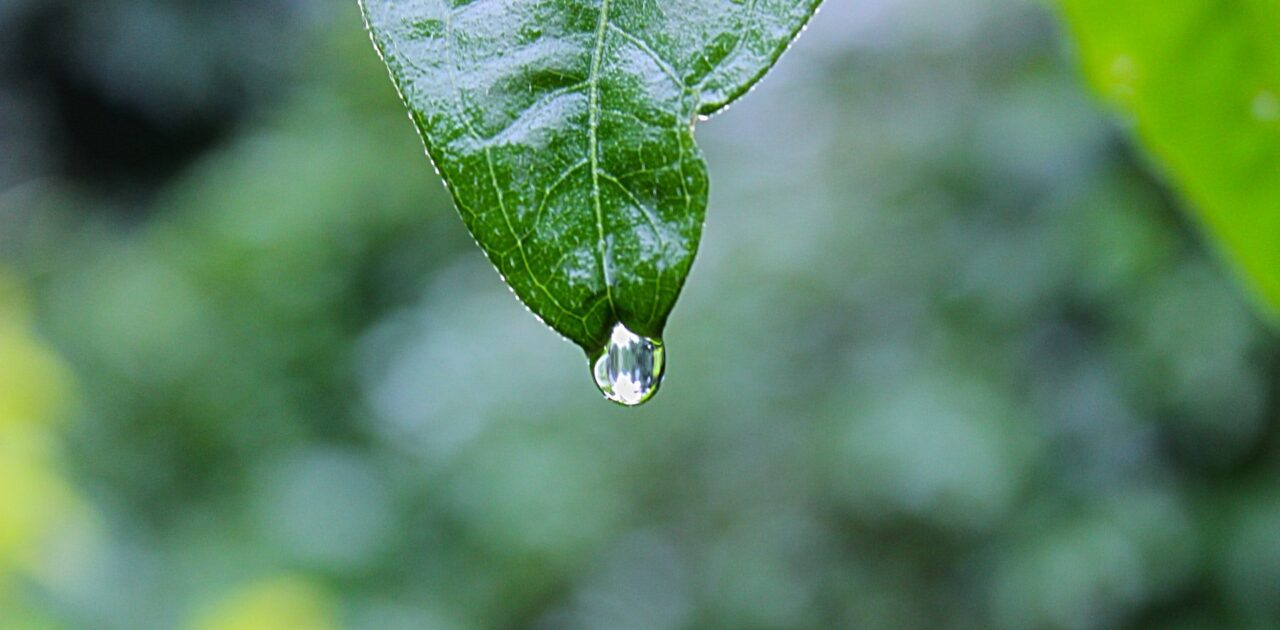

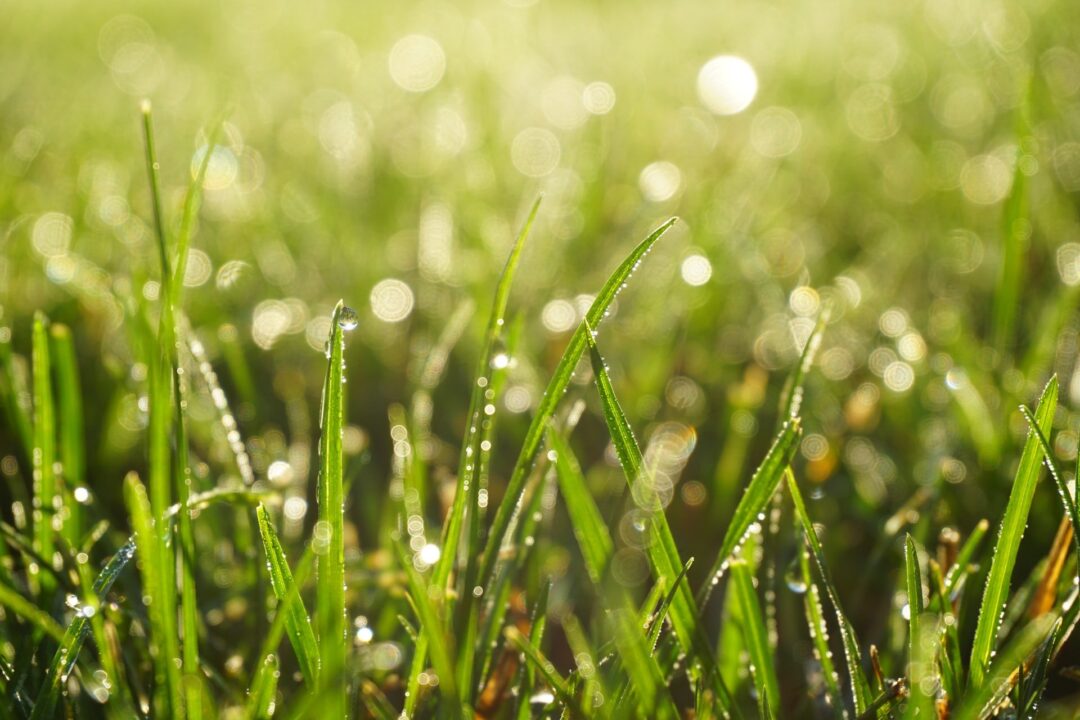

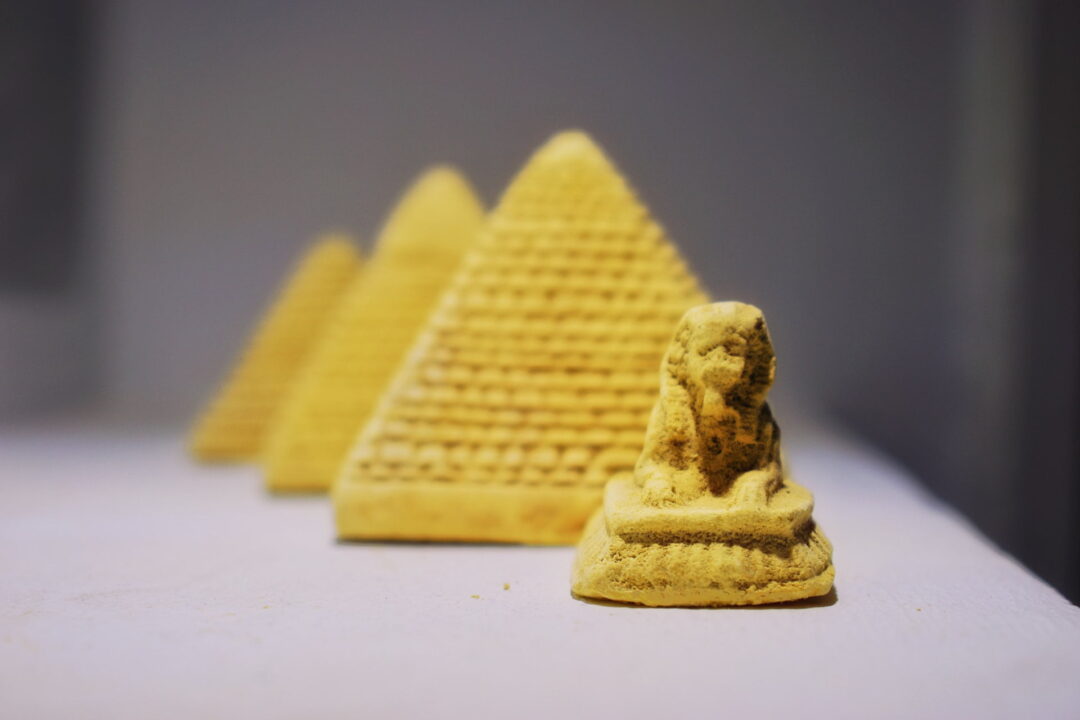

Additional Reading:
Wikipedia: Aperture
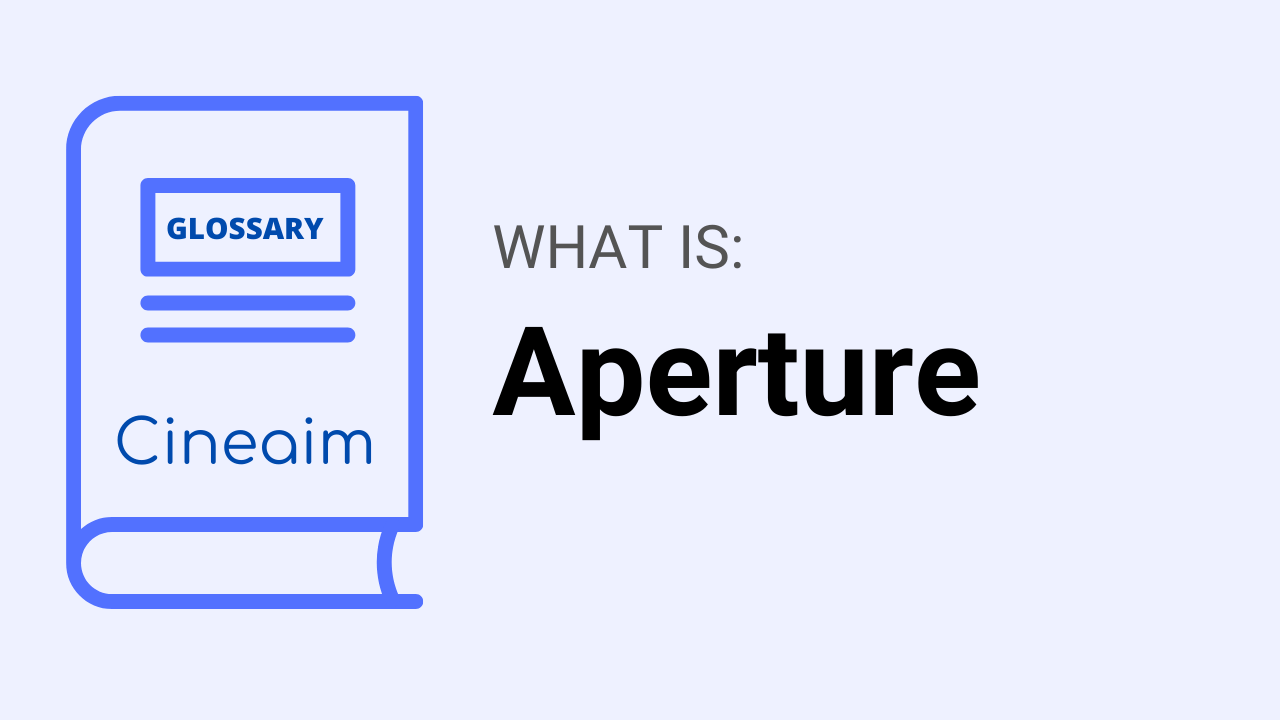
Leave a Reply